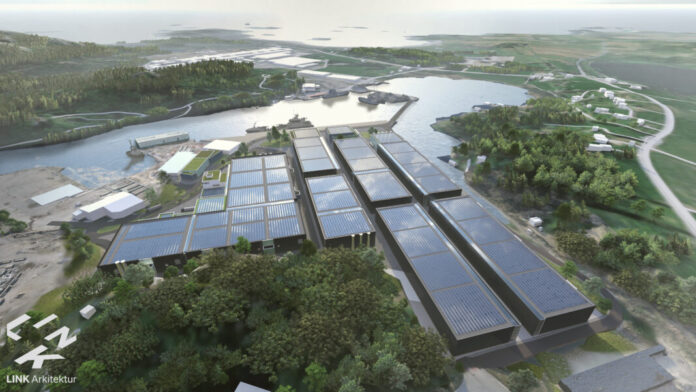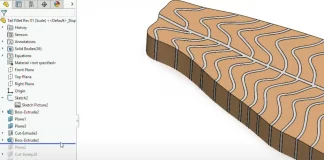The current prices could make it challenging for a land-based newcomer in Southern Norway.
It is expected that the prices for electricity in Southern Norway may increase even more than they already are today. The price today is NOK 3.44 (€0.35) per kilowatt hour, which is an increase of 845 percent in just one year. This can have a hard impact on farmers on land, who use a lot of electricity in their production.
Baring Farsund is continuing to establish itself, and is due to start construction during the year in Southern Norway, with its land-based breeding facility. The plan for the project is to produce mail smolt and food fish. 24,000 tonnes of salmon will be produced, which corresponds to 250,000 meals every day.
High electricity prices
Even if the prices today are high, project manager at Baring Farsund Kjell Arne Møklebust is confident about the project, which will start in 2024.
“We are not too worried about the electricity price that is right now because we do not have start-up until two years from now,” Møklebust told SalmonBusiness.
There is still uncertainty in the air as the forward price shows that the German power price is on the way up in the coming year. This is closely connected with the power zone in Southern Norway NO2, where most of the power cables to the rest of the world are located.
“If the current supply situation continues, gas storage in Europe will run out in mid-January. Then someone has to turn off consumption,” director of power management at the company Entelios, Andreas Myhre, told E24 earlier this year.

Optimistic
“We think long-term, and have had experts look at the development of the electricity price. They think she will stabilize somewhat, and I still have faith in the project,” Møklebust says.
He is therefore still optimistic about the project, and has no plans to change the project other than the postponement, which came this spring.
“It is probably critical for others who are already in production because it is difficult to make a profit with such high costs, but we are optimistic that this will work out,” Møklebust concluded.











